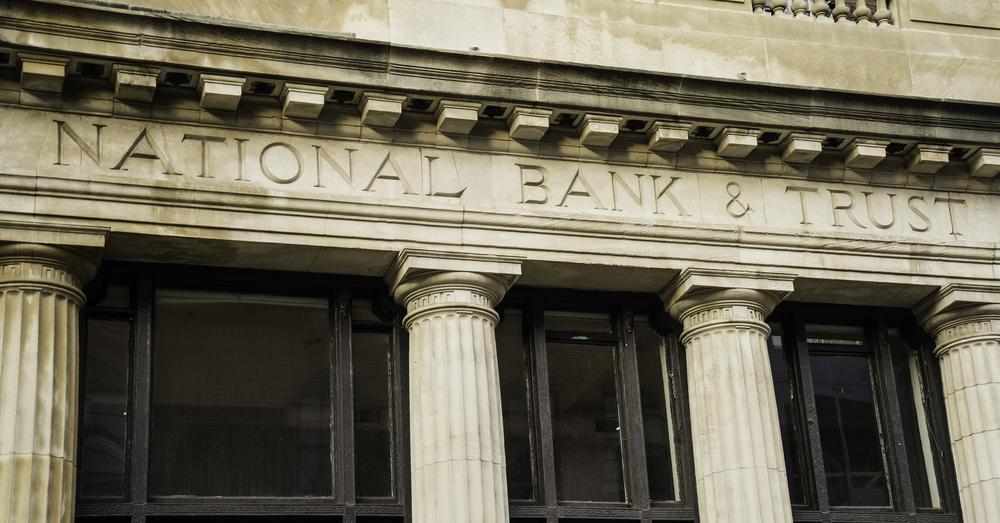Understanding the Key Differences Between Traditional Banks and Digital Payment Platforms
This comprehensive article explains the fundamental differences between traditional banks and digital payment platforms, clarifying their roles, regulatory environments, and operational models. It helps consumers understand why each is suited for different financial needs, emphasizing the importance of distinguishing between these key financial entities in today’s digital economy.

Understanding the Key Differences Between Traditional Banks and Digital Payment Platforms
In today's rapidly evolving financial landscape, it's easy to find oneself confused about the roles of traditional banks versus digital payment platforms like PayPal, Stripe, and other e-wallet services. Many consumers and even professionals tend to mix these entities due to their overlapping functionalities in facilitating monetary transactions. However, understanding the fundamental differences is critical for effective financial management and choosing the right services for specific needs. This comprehensive guide aims to clarify these distinctions by exploring the core functions, regulatory aspects, and operational differences between banks and digital payment platforms.
Modern payment solutions have greatly expanded the options available to consumers and businesses, leading to overlapping services and occasional misconceptions. As a result, many people are unaware of how each entity operates within the broader financial ecosystem. To truly grasp their roles, it is essential to delve into the specific functions, regulatory frameworks, and operational models that define each service provider.
At a high level, payment platforms primarily serve as facilitators of electronic transactions. They enable the transfer of funds from a customer's account to a merchant's account, ensuring seamless and secure payment processing. These platforms are categorized mainly into Front-end providers, which deal directly with consumers and merchants at the point of sale, and Back-end providers, which manage the processing and settlement of transactions behind the scenes.
However, it's crucial to distinguish these platforms from banks. Payment platforms do not typically hold or lend money. Instead, they act as digital wallets or transaction aggregators, allowing users to store funds temporarily or facilitate quick payments. They thrive on transaction volumes and service convenience rather than earning interest or generating revenue through lending activities.
In contrast, traditional banks operate as full-fledged financial institutions. Their core functions include accepting deposits, providing loans, facilitating currency exchange, and offering various investment products. Banks generate revenue primarily through interest on loans, fees for services, and investment activities. They are heavily regulated to ensure the safety and security of customer funds and to maintain financial stability.
Understanding these core differences sheds light on why payment platforms are not banks. While banks are subject to stringent regulations—such as capital requirements, deposit insurance, and compliance frameworks—digital payment platforms operate under a lighter regulatory environment. This allows them to innovate more rapidly and offer more flexible onboarding processes, such as creating an account with just an email address, and providing quick, unsecured transactions.
Additionally, banking institutions typically require more extensive verification procedures due to their involvement in safeguarding customer deposits and complying with anti-money laundering laws. Payment platforms, meanwhile, can sometimes bypass these rigorous requirements because they do not hold the customer’s funds directly or operate as a financial holding company.
In summary, while both banks and digital payment platforms facilitate the transfer of money, their operational models, regulatory oversight, and revenue sources are fundamentally different. Recognizing these distinctions helps individuals and businesses make informed choices about which services to use for their financial transactions. Whether you're seeking secure savings options and lending services or quick, flexible payment solutions, understanding these differences is essential for navigating the complex financial ecosystem efficiently.
To conclude, the rapid growth of digital payment solutions complements traditional banking but does not replace it. Each serves unique purposes suited to different needs—banks for comprehensive financial services, and payment platforms for quick, convenient transactions. By understanding their roles thoroughly, consumers can leverage these tools more effectively in their daily financial activities.





